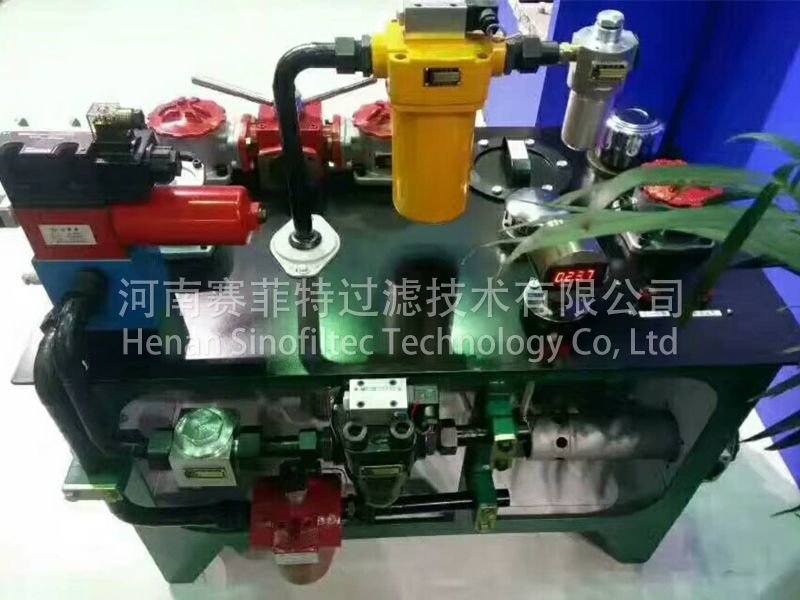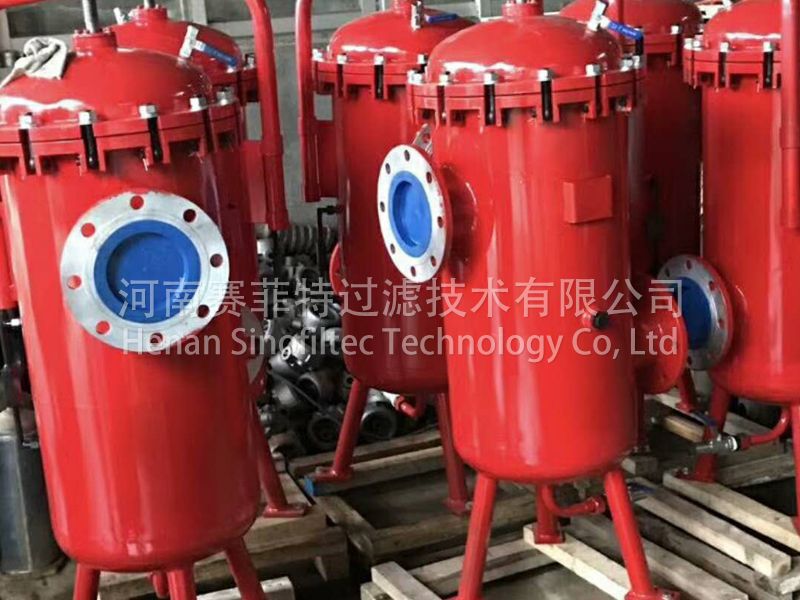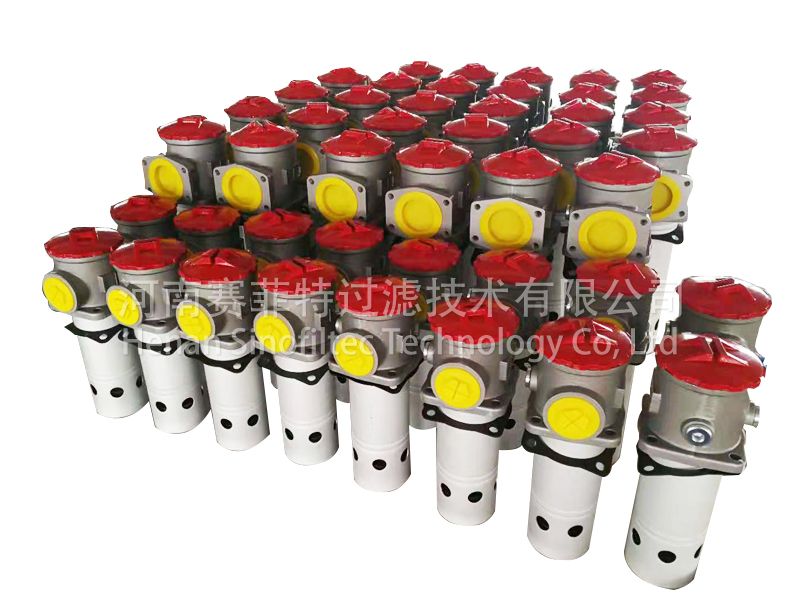The compressor is mainly composed of a body, a crankshaft connecting rod, a cylinder piston, an intake and exhaust valve, and the like.
When the crankshaft is running by the motor. The piston is driven to reciprocate in the cylinder through the connecting rod, and the process of compressing, exhausting, expanding and inhaling the refrigerant is completed by the cooperation of the suction and exhaust valves: (1) The compression process: the low-pressure gaseous refrigerant passes through The process of becoming a high-pressure gas state after compression is called a compression process.
When the piston moves to the lower end point (ie, the position where the piston can no longer move down), the cylinder is filled with low-pressure gaseous refrigerant, and the piston begins to move upward along the cylinder. At this time, the intake valve is closed and the internal volume of the cylinder is gradually reduced. And in a closed cylinder. The gaseous refrigerant is compressed and the pressure and temperature are gradually increased. When the pressure reaches the exhaust pressure, the exhaust valve automatically opens and begins to vent.
(2) Exhaust process: At the end of the compression process, the gaseous refrigerant begins to drain from the exhaust valve, the piston continues to move upward, the gas pressure in the cylinder no longer rises, and the exhaust gas is continuously exhausted. The exhaust process ends until the piston motion reaches the upper end point (ie, the piston can no longer move up).
(3) Expansion process: When the piston reaches the upper end point, it starts to move down the cylinder, and the exhaust valve is automatically closed. At this time, a small amount of high-pressure gas refrigerant is left in the clearance volume, and the pressure drop volume is increased. process.
(4) When the piston moves downward from the upper end point to a certain position, the residual gas refrigerant pressure in the cylinder reaches the suction pressure, the expansion process ends, and the piston continues to move downward. When the gas pressure in the cylinder is lower than the suction pressure, the suction valve is automatically opened, and the low-pressure gaseous refrigerant enters the cylinder again. When the piston moves down to the lower end point, the cylinder is filled with gas, at which point the inhalation process is completed and the next compression process is ready. The cyclic reciprocating motion is such that the low pressure gas is converted into a high pressure gas in the compressor, and the refrigerant is sent from the evaporator to the condenser.
The hydraulic filter is an indispensable auxiliary component for the hydraulic system. The function of the hydraulic filter is to remove solid contaminants from the working medium of the hydraulic system, keep the working medium clean, extend the life of the system components, and ensure the hydraulic components. Reliable performance.
Hydraulic Filters can be divided into: oil suction filter, pressure filter and oil return filter according to their use and installation location. According to different working pressures, it can be divided into: low pressure filter, medium pressure filter and high pressure filter.
The following aspects should be considered when selecting a filter:
1. Select the type of filter according to the purpose of use (use), and select the installation shape of the filter according to the installation position.
2, the filter should have a large enough oil-passing capacity, and the pressure loss is small
3, the filtration accuracy should meet the required cleanliness of the hydraulic system or components
4. The Filter Material used in the filter element should meet the requirements of the working medium used and have sufficient strength.
5. The strength and pressure loss of the filter are the key factors to be considered when selecting. After installing the filter, it will cause partial pressure drop or back to the system.
6, the filter replacement and cleaning should be convenient
7. Appropriate filter protection accessories (such as constant pressure opening device with bypass valve and filter contamination indicator) should be selected according to system requirements.
Therefore, when designing the hydraulic system, determine which filters need to be placed at those locations.



Hydraulic Filters
Hydraulic Filters,Industrial Hydraulic Filters,Hydraulic Oil Filter,Filter For Hydraulic System
Henan Sinofiltec Technology Co.,Ltd , http://www.sinofiltec.com


